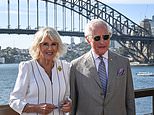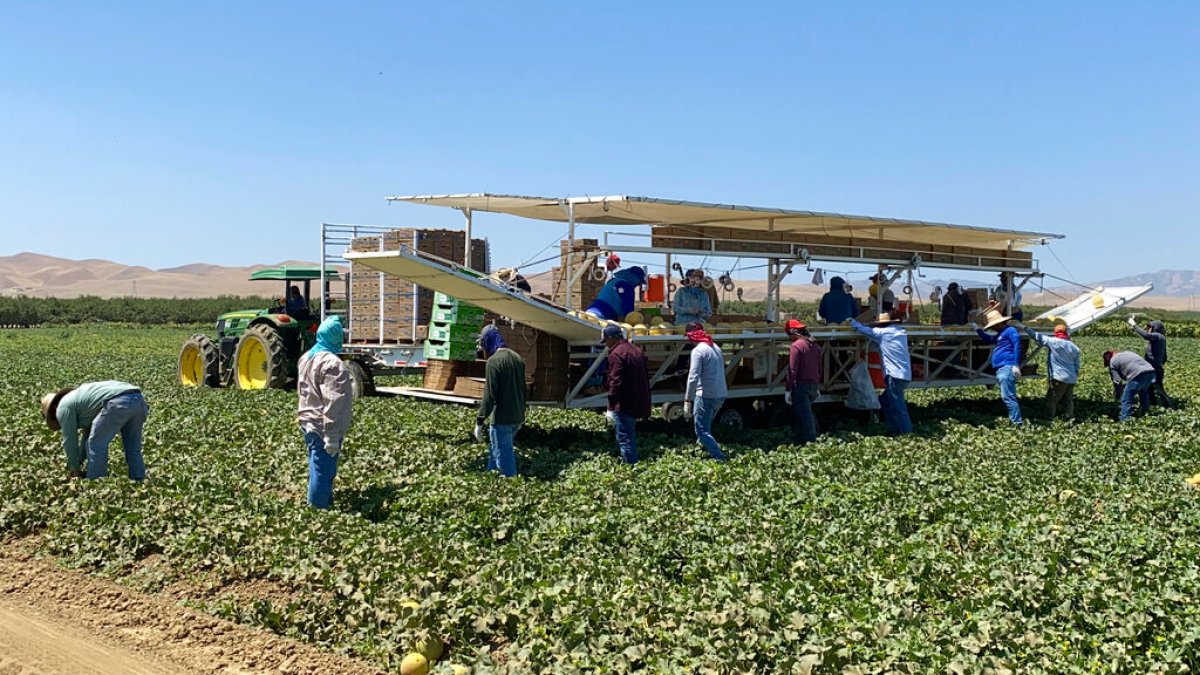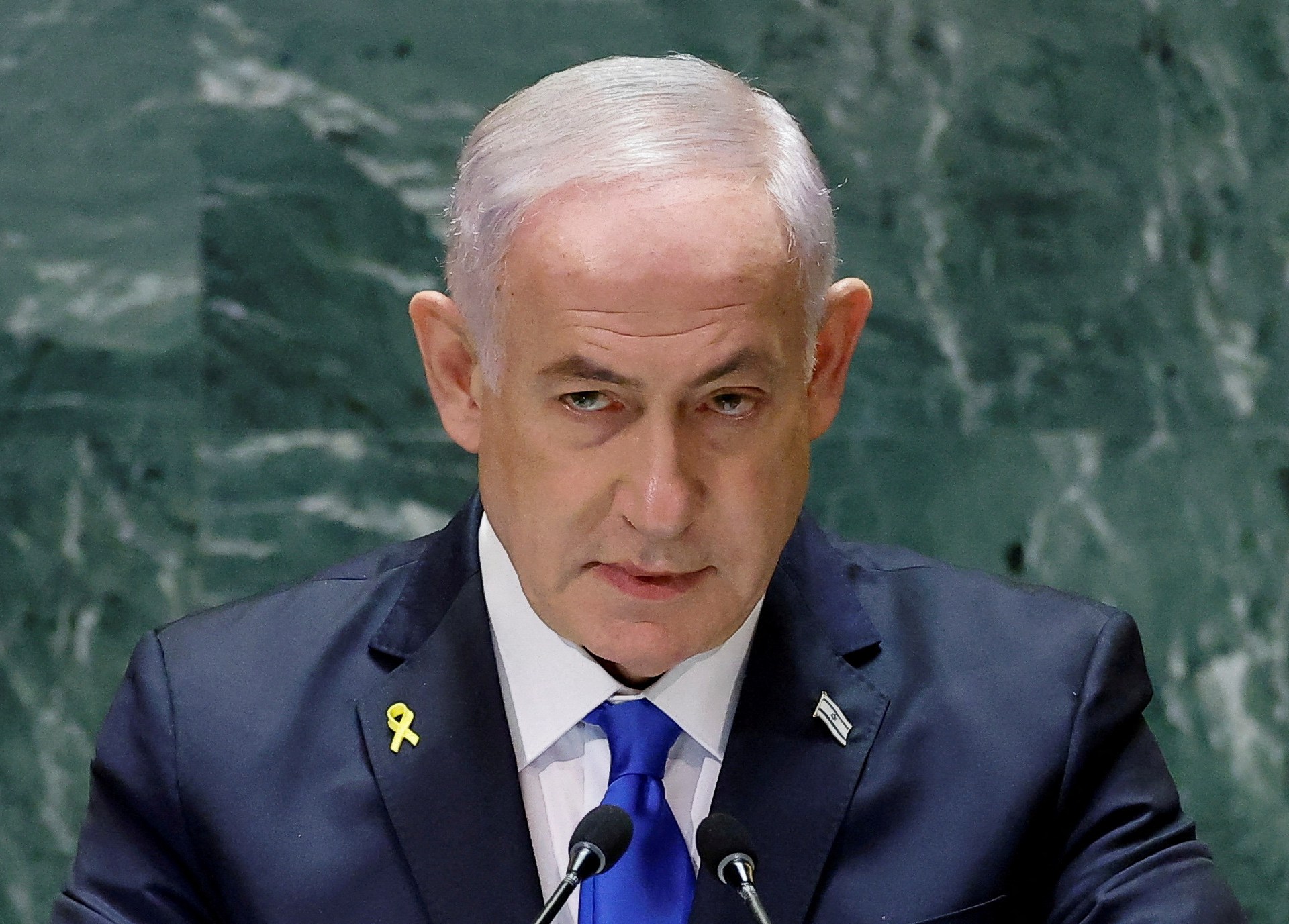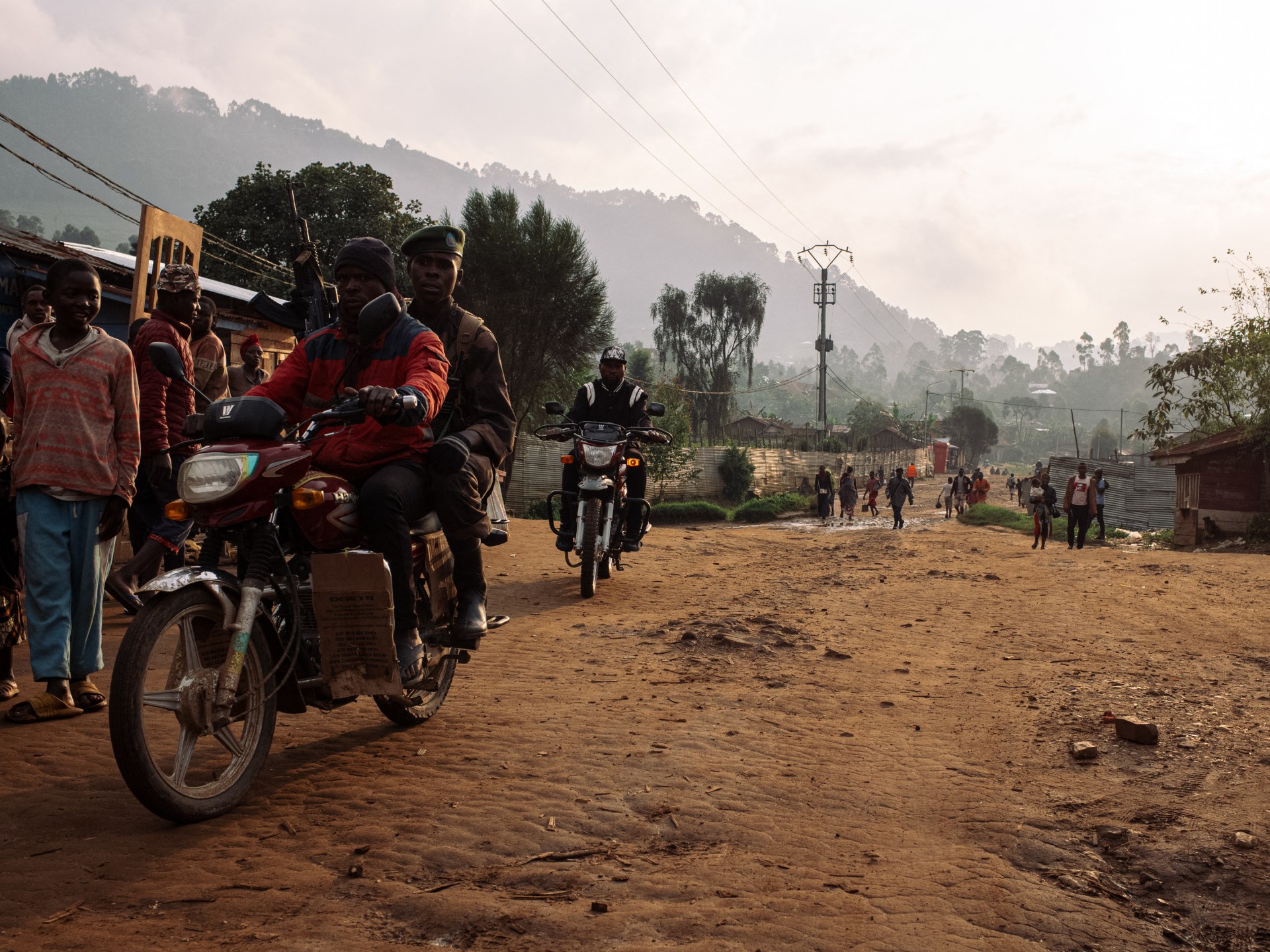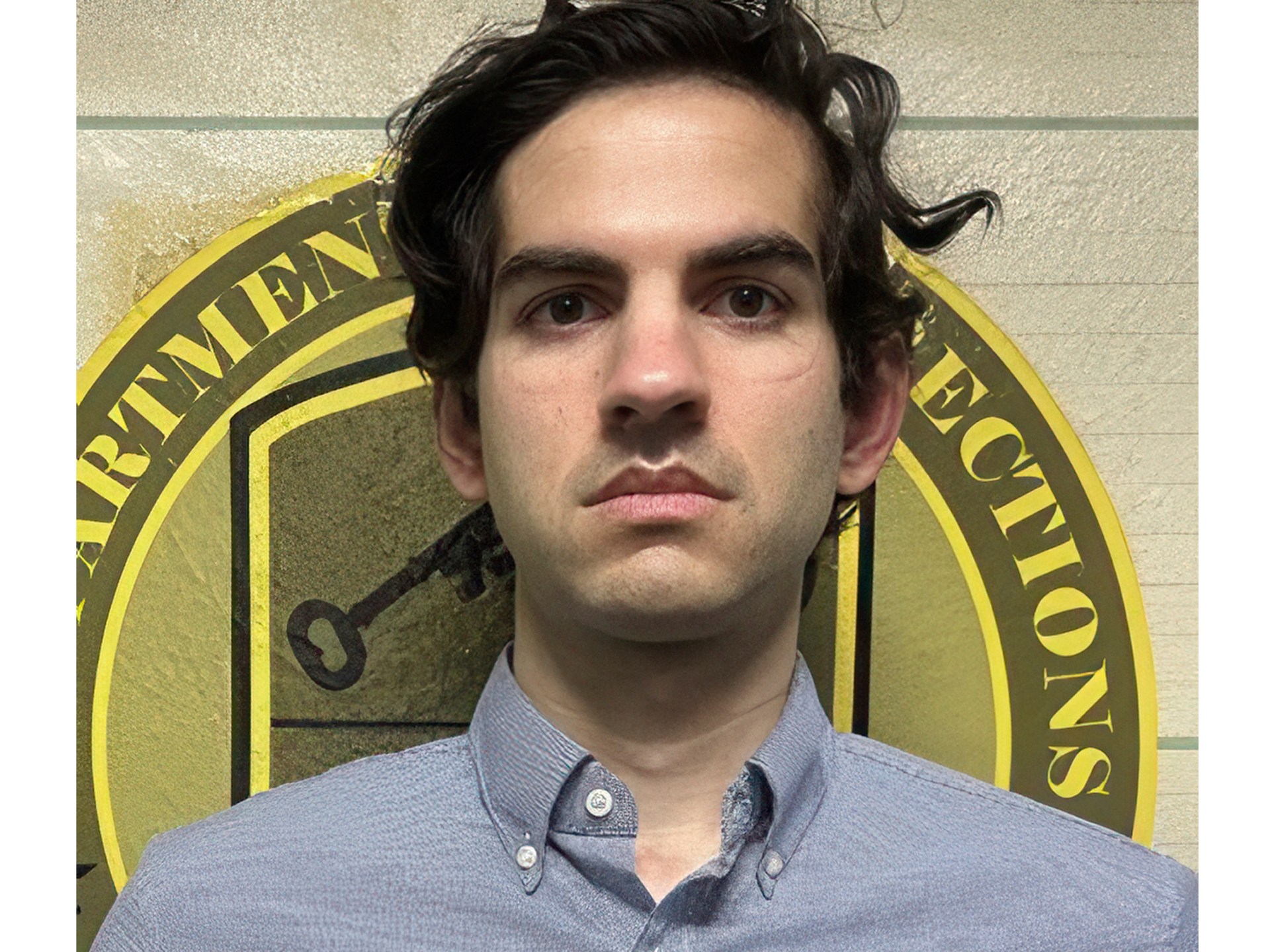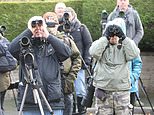
Australian home borrowers have been dealt a Melbourne Cup blow – with a new warning about inflation and another possible rate hike as they missed out on relief yet again.
The Reserve Bank kept the cash rate untouched at a 12-year high of 4.35 per cent on Tuesday afternoon, and warned inflation would not ‘sustainably’ moderate until late 2026.
That would also occur after inflation soared again next year, following the expiry of temporary $300 electricity rebates from the federal government.
Australians face higher interest rates for longer, even though economic growth is at historically weak levels.
‘Policy will need to be sufficiently restrictive until the board is confident that inflation is moving sustainably towards the target range,’ the RBA said.
The Reserve Bank has also warned it could still raise rates, despite borrowers in Canada, New Zealand, the European Union, U.S. and UK already getting some relief this year.
‘This reinforces the need to remain vigilant to upside risks to inflation and the board is not ruling anything in or out,’ the board said.
Governor Michele Bullock left open the possibility of another rate rise, even though financial markets aren’t betting on a hike in Australia, because services inflation is still at high levels.
‘This last part of getting inflation down isn’t easy or straightforward,’ she told reporters on Tuesday.
Australian home borrowers have been dealt another blow just half an hour before the Melbourne Cup with interest rates left on hold (pictured is a Sydney house inspection)
‘The reason I say we’re not ruling anything in or out is we do think that there are still some risks on the upside.’
Ms Bullock also said high immigration was keeping inflation on the high side, with more than 500,000 migrants on a net basis moving to Australia in the year to March.
‘What’s keeping aggregate demand – even though it’s not growing very much – what’s keeping the level high is population growth,’ she said.
Saxo Asia Pacific chief investment strategist Charu Chanana said the Reserve Bank was deliberately trying to crush expectations of a rate cut.
‘The RBA remains on the hawkish side in the global central bank spectrum as it continues to stay away from the clear signalling of rate cuts,’ she said.
The RBA also released a statement on monetary policy forecasting headline and underlying inflation not ‘sustainably’ returning to the mid-point of its 2 to 3 per cent target until late 2026.
It warned Prime Minister Anthony Albanese‘s $300 electricity rebates would only have a temporary effect on the cost-of-living crisis, with inflation predicted to surge again in late 2025 after that relief expired.
Australia’s headline inflation rate in the year to September fell to a three-and-a-half year low of 2.8 per cent, putting it inside that target band.
But underlying inflation was higher at 3.5 per cent when the one-off effects of the federal government’s $300 electricity rebates and falling petrol prices were excluded from the quarterly data.
‘We have to focus on what the momentum is,’ Ms Bullock said.
‘It it is going to come down through next year but it’s going to be gradual.’
Services inflation was even higher at 4.6 per cent, even though goods inflation was low at 1.4 per cent in the Australian Bureau of Statistics figures.
‘While headline inflation has declined substantially and will remain lower for a time, underlying inflation is more indicative of inflation momentum, and it remains too high,’ the RBA said.
Underlying inflation, also known as the trimmed mean, was forecast to fall to 3 per cent in June 2025 but not drop to 2.5 per cent until December 2026.
Governor Michele Bullock left open the possibility of another rate rise, even though financial markets aren’t betting on a hike in Australia, because services inflation is still at high levels
The plunge in the consumer price index, also known as headline inflation, was also regarded as a temporary phenomenon, with the quarterly electricity rebates expiring in June next year.
‘This was as expected due to declines in fuel and electricity prices in the September quarter. But part of this decline reflects temporary cost of living relief,’ it said.
The Reserve Bank’s new forecasts, released on Tuesday, had headline inflation soaring back to 3.7 per cent by December 2025.
The Reserve Bank also hinted it would be monitoring the result of the US presidential election with Republican Donald Trump the betting market favourite to move back into the White House with a plan to impose double-digit tariffs on imported goods.
‘The board will continue to rely upon the data and the evolving assessment of risks to guide its decisions,’ it said.
‘In doing so, it will pay close attention to developments in the global economy and financial markets, trends in domestic demand, and the outlook for inflation and the labour market.’
Ms Chanana said the RBA was frustrated financial markets were still continuing to expect rate cuts in early 2025, providing relief from 13 hikes in 2022 and 2023.
‘That clearly fails to make an impact on markets, especially coming on a day when markets are awaiting the US election results in a closely-tied race, as well as announcements of further stimulus measures from China,’ she said.
Australia’s Big Four banks – Commonwealth, ANZ, Westpac and NAB – are all expecting the RBA to cut rates in February for the first time since late 2020.
The futures market is now expecting three rate cuts in 2025, but it doesn’t see any relief until May.
Ms Bullock stressed borrowers should not expected the cash rate to return to the record-low level of 0.1 per cent that was in place from November 2020 to May 2022.
‘Even and when they start to come down in Australia, they’re not going back to where they were in Covid,’ she said.
The RBA’s new forecasts had the economy growing by just 1.5 per cent in 2024 – or half the average of 3 per cent during the past three decades.
Australia has been in per capita recession since early 2023, with output for every Australian either flat or falling since then.
‘It’s true that the economy is not growing and we know that in per capita terms, it is declining,’ Ms Bullock said.
November’s meeting was the second last for 2024, with the RBA meeting again on December 9 and 10.
Ms Bullock admitted she didn’t even watch the Melbourne Cup.
‘I didn’t actually back anyone on the Melbourne Cup – I’m embarrassed to say it but actually, I didn’t even watch it so I don’t even know who won,’ she said.
